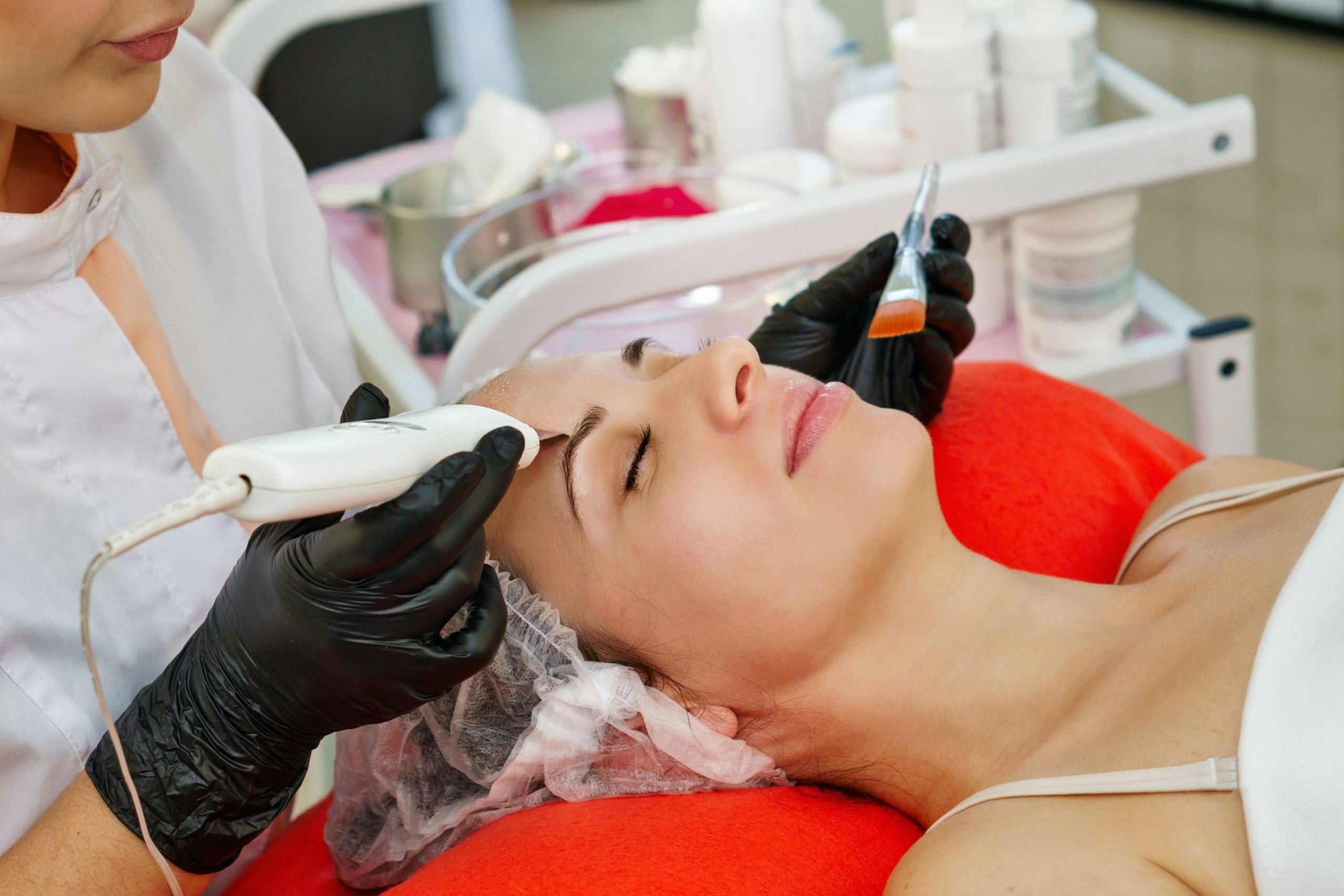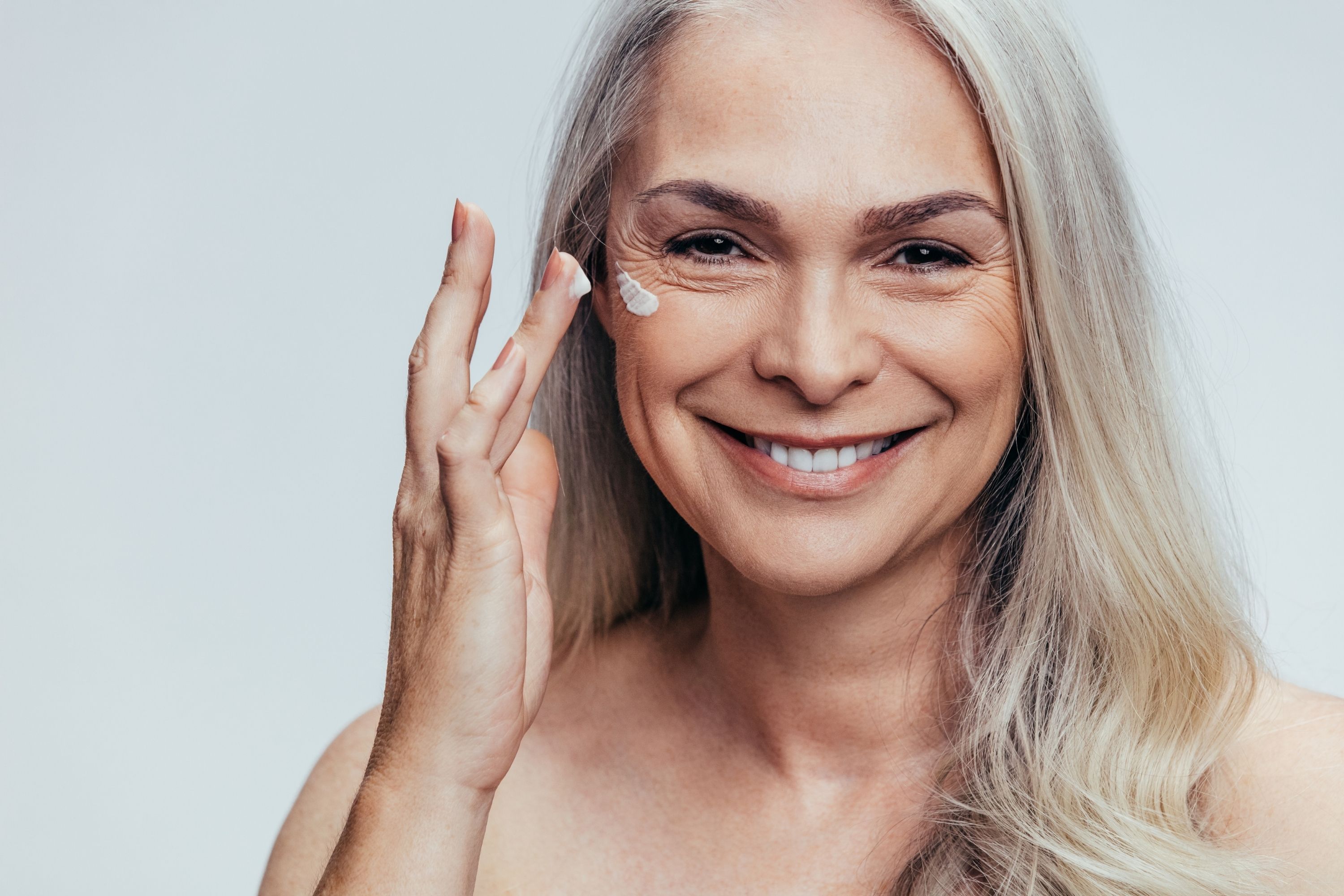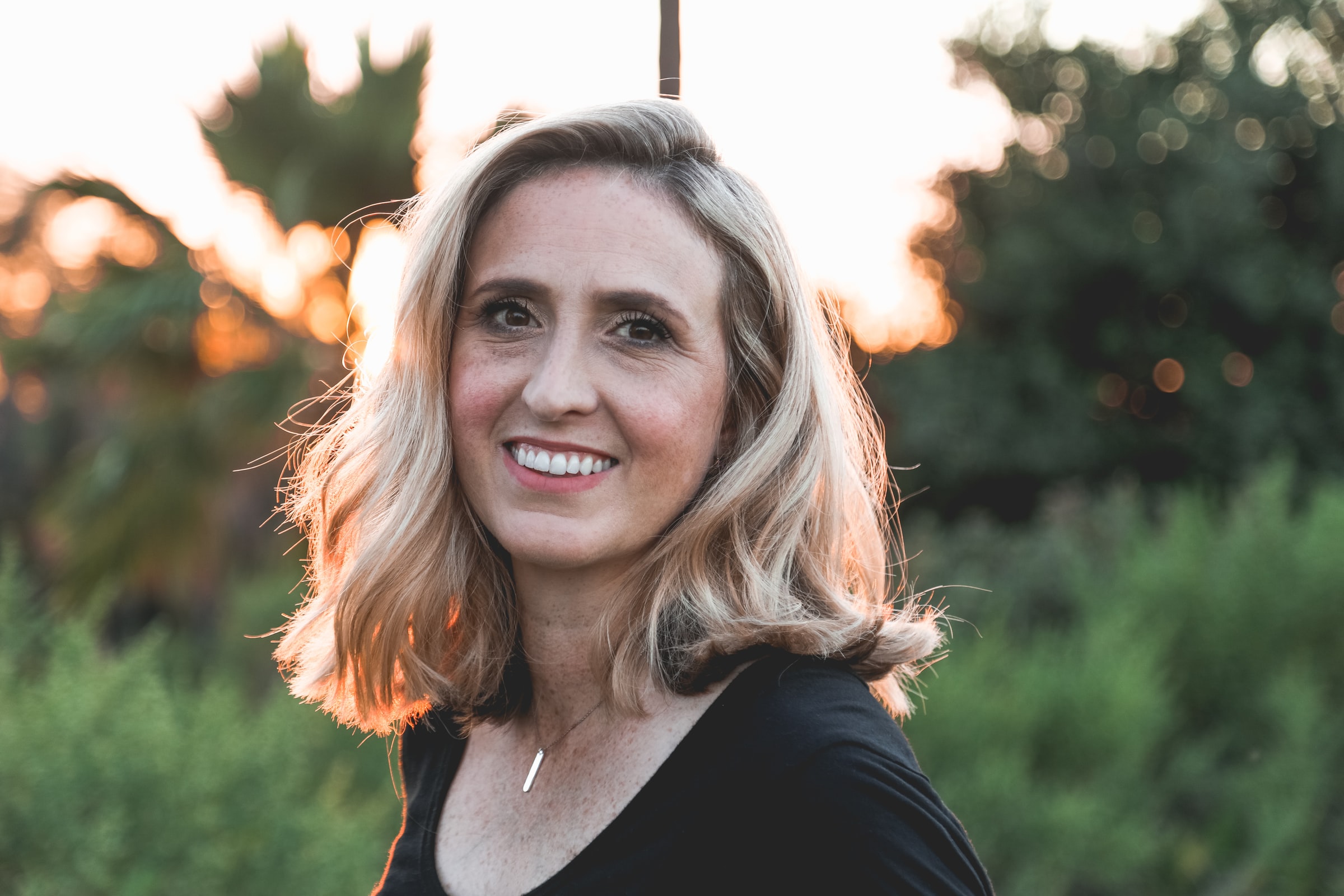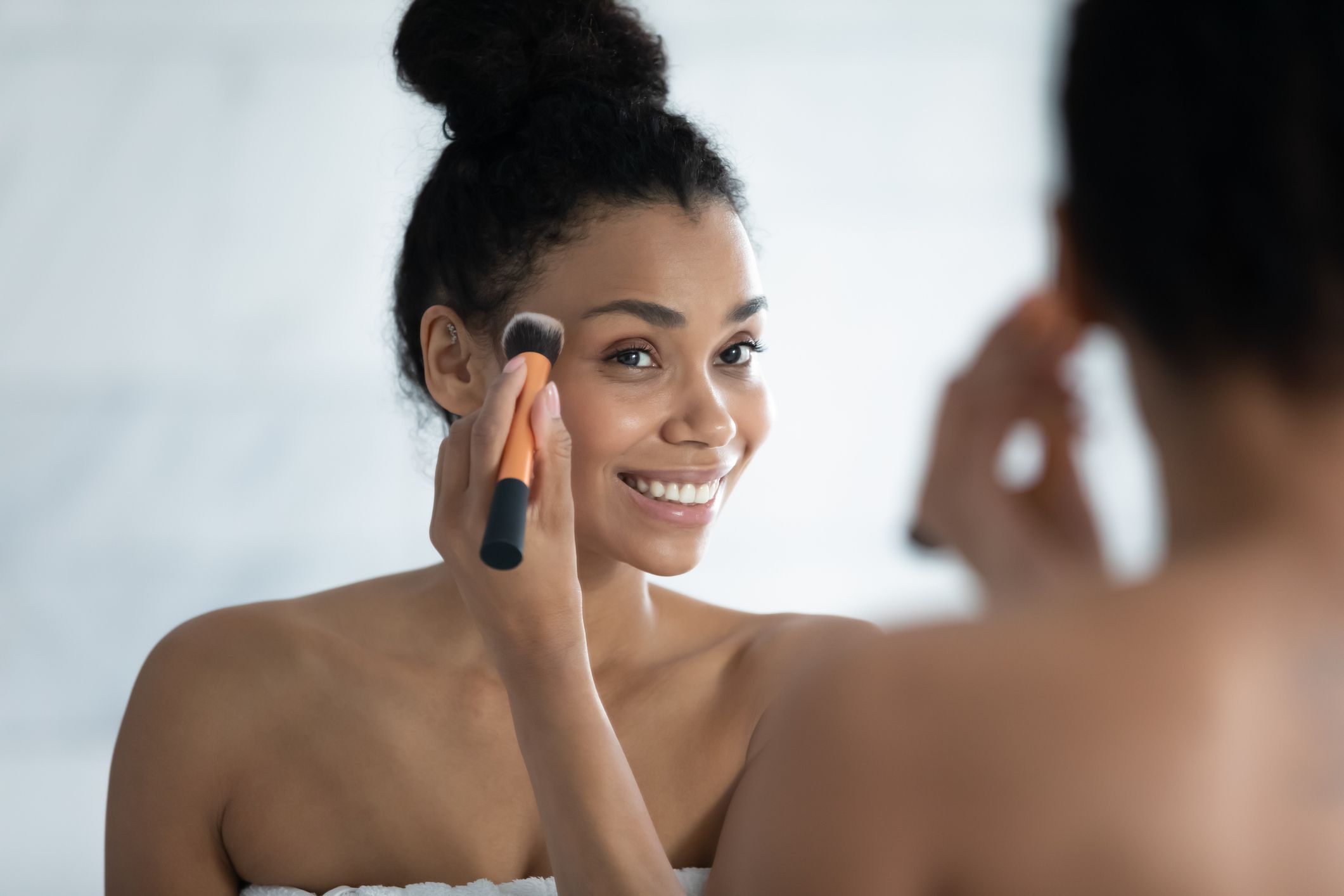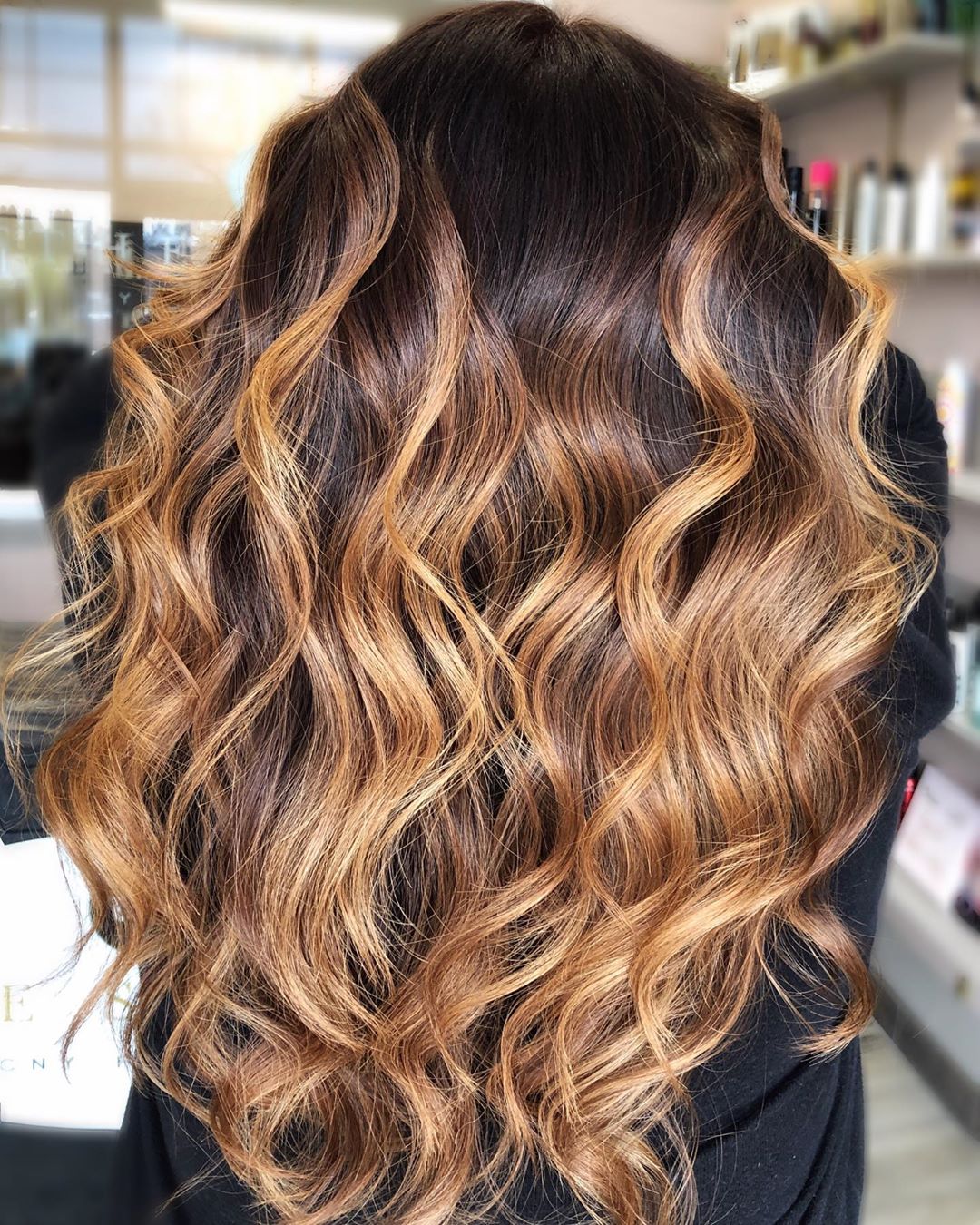While body positivity and acceptance are becoming more and more mainstream in today’s society, data from the American Society of Plastic Surgeons shows that plastic surgery is still on the rise. In 2018, over a quarter more cosmetic procedures were carried out compared to the previous year.
Plastic surgery, as well as cosmetic surgery, is seeing a significant increase in popularity in recent years, also with a number of operations performed worldwide rising from 14 million to 23 million in the 5 years until 2010.
The number of people opting to get cosmetic procedures is growing steadily. So, despite more body positivity messages in the media today, why are people getting plastic surgery more often?
The Top Cosmetic Procedures
The American Society of Plastic Surgeons reports that the top five procedures are breast augmentation, tummy tucks – scientifically known as abdominoplasty – eyelid surgery, liposuction, and rhinoplasty.
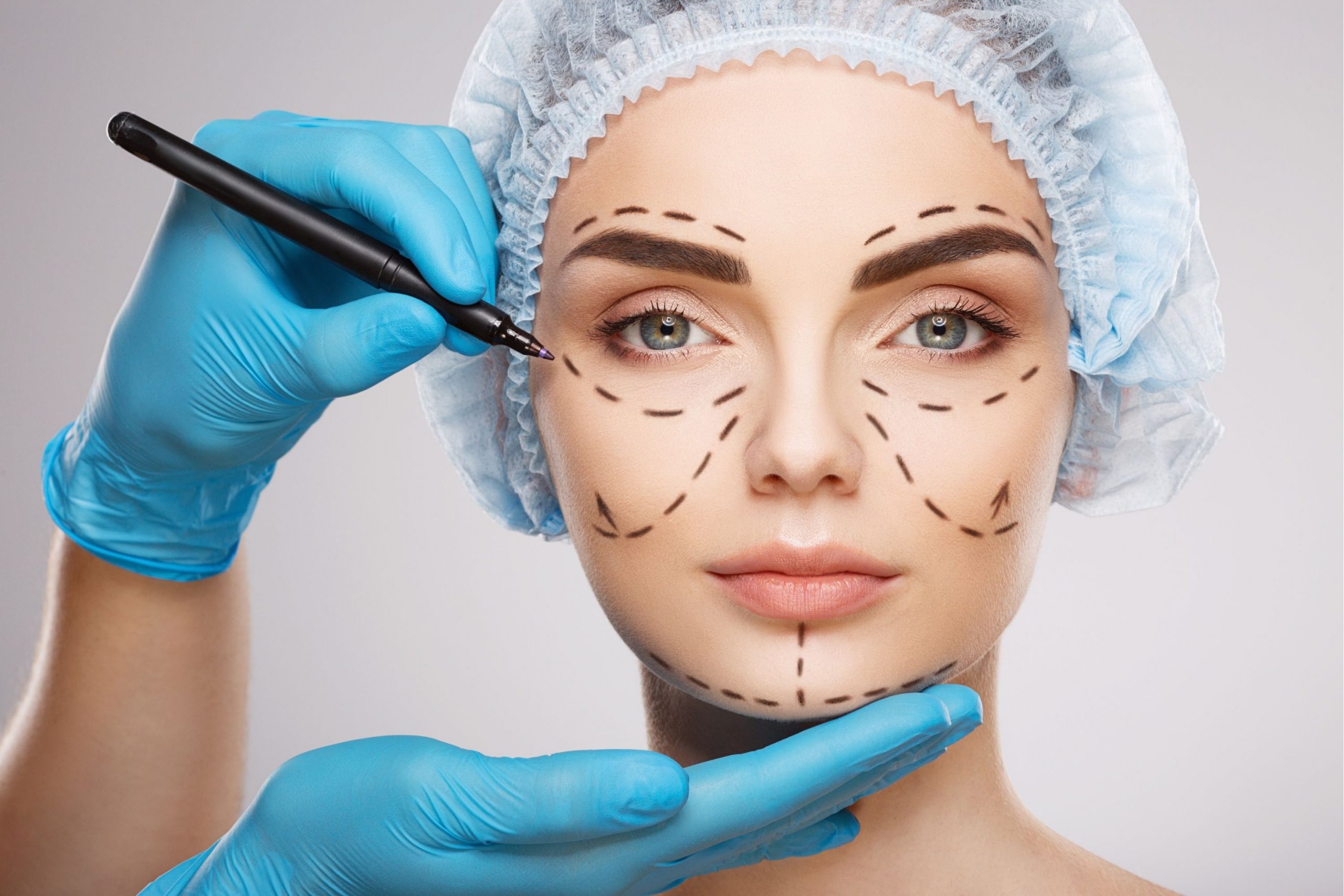
Body sculpting is another procedure that has become more and more popular in recent years; this is a procedure that is used to improve the contour, size, and shape of various areas of the body.
It reduces any excess skin and fat in the area. In addition, we have also seen a large increase in the number of people opting for minimally invasive cosmetic procedures including Botox, chemical peels, fillers, microdermabrasion, and laser hair removal.

Why More People Are Getting Plastic Surgery
More and more people are seeking out plastic surgery to help them feel like the best versions of themselves. When done well, a cosmetic procedure will often allow the patient to enhance their best features and look and feel even better within themselves.
Approximately 14% of all operations are performed on males, with the remaining 80% performed on women, with greater than 20 million of them having surgery every year to alter their look.
In recent years, some of the biggest drivers of the increase in cosmetic procedures include:

Ease of Access
Cosmetic surgery is no longer just for celebrities and the super-rich. It has become easier for anybody to have a cosmetic procedure carried out, with more procedures becoming easily accessible and more surgeons carrying them out.
Minimally invasive procedures in particular are also much more affordable, which has played a large part in the number of people deciding to have them done.

Social Media
The rise of social media has also played a part in the increase in cosmetic procedures.
Due to social media networks like Instagram and Facebook, people are seeing themselves in more photos than ever before – which has led to people increasingly noticing things that they do not like about themselves and would like to change.
More Acceptance
Cosmetic surgery has also become more and more accepted over time as an increasing number of people get these procedures and talk about it in their social circles.
Today, people are no longer feeling quite as embarrassed as they might have in the past about the fact that they want to change something about themselves by having a cosmetic procedure.

Throughout society, cosmetic surgery and minimally invasive procedures in particular are becoming a widely accepted and popular type of self-care and beauty routines.
Cosmetic surgery has risen in popularity over the last few years. This is mainly because it is now more acceptable and more accessible.
Despite a growing trend of body positivity and self-acceptance, people are turning to cosmetic procedures to help them become the best version of themselves.
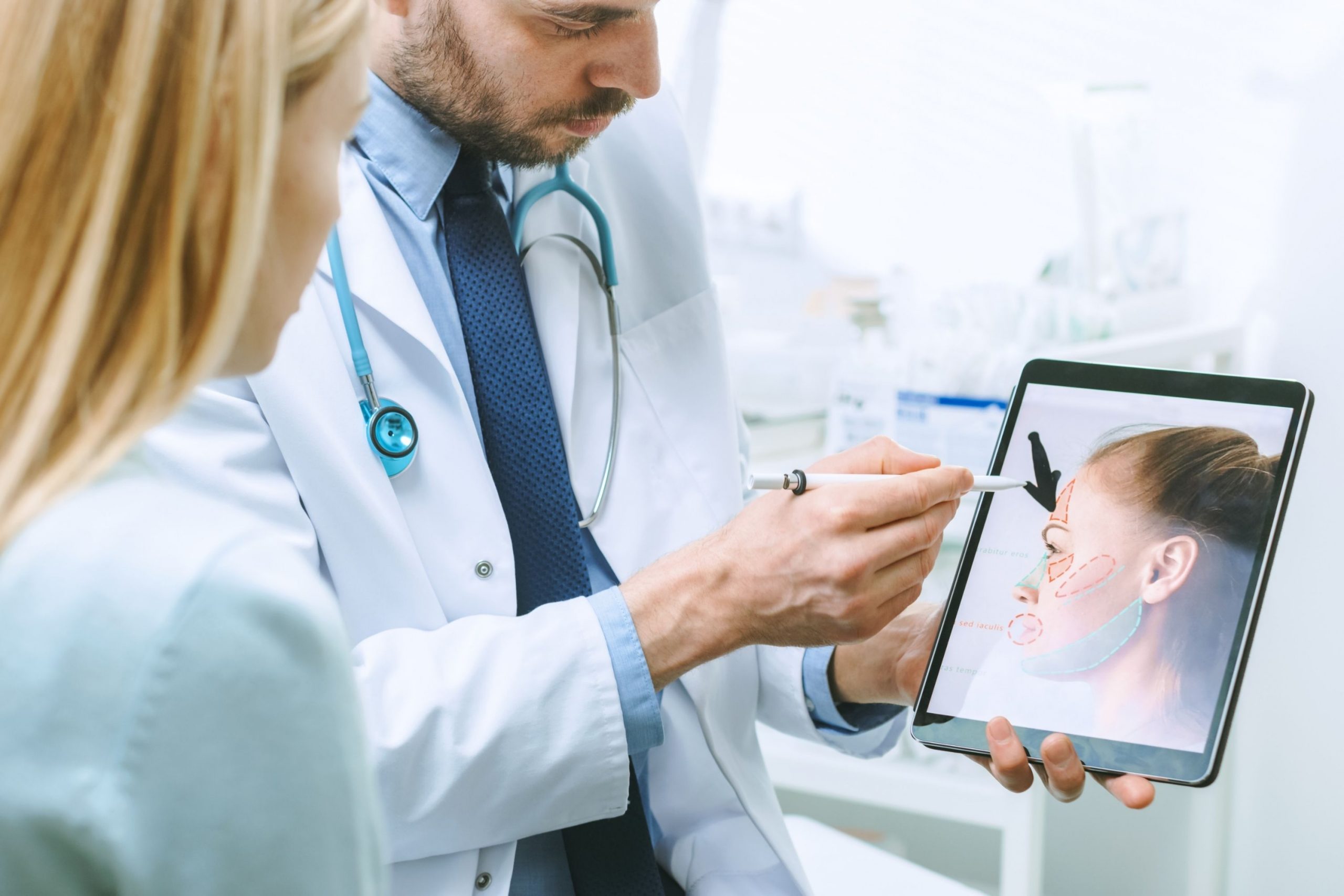
Greater affordability
Cosmetic treatments, both surgical as well as nonsurgical, have grown more inexpensive in recent years.
Sometime in the not-too-distant past, cosmetics plastic surgery was considered a luxury reserved for the very affluent. Today, a family with two incomes or a stay-at-home woman who wishes to recover her physical beauty after having children may do so by undergoing cosmetic surgery.
To put it another way, she is not your traditional housewife.
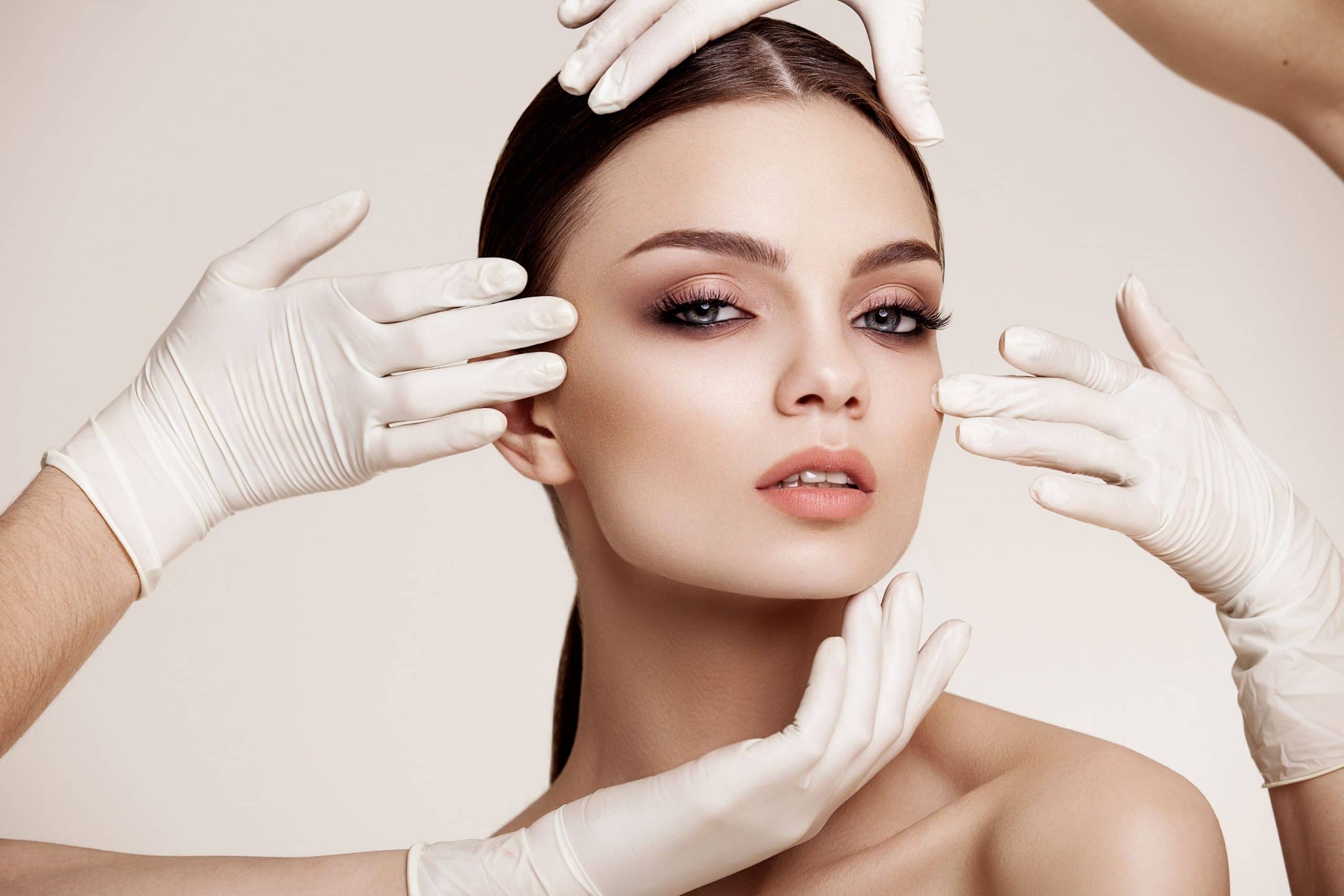
Through medical credit cards as well as personal loans to financing options provided by doctors’ offices, there are a variety of alternatives for funding your medical expenses.
Most cosmetic treatments are only thorough health insurance when they are performed for a medical purpose, such as breast augmentation after a surgery.
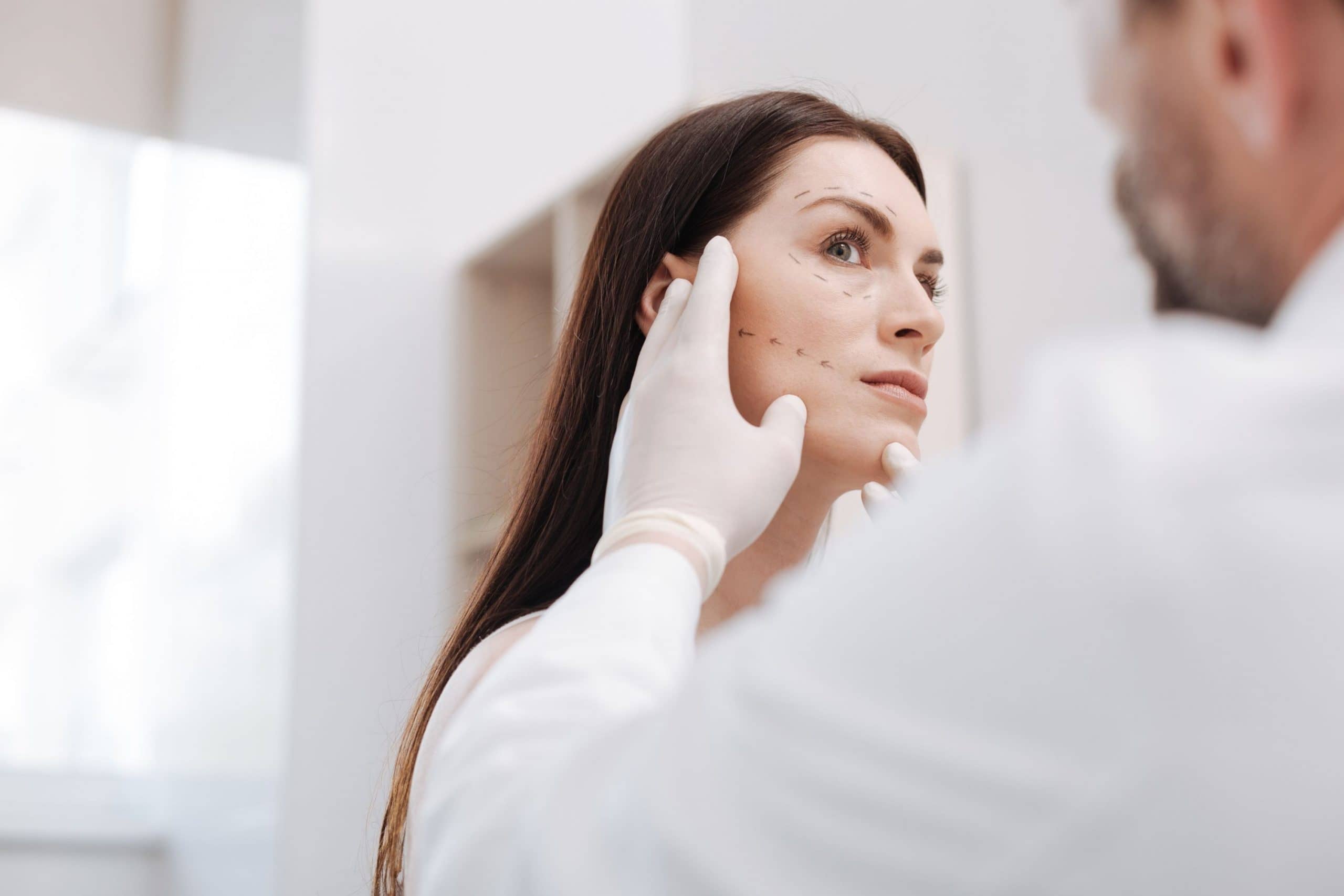
Greater technological advances
The technical methods that are utilized during cosmetic treatments continue to improve in terms of safety and dependability. The same can be said about the tools and goods that physicians already have at their service.
Nonsurgical therapies are a fast-developing field that is particularly exciting to be a part of. Lasers were not available ten years ago.
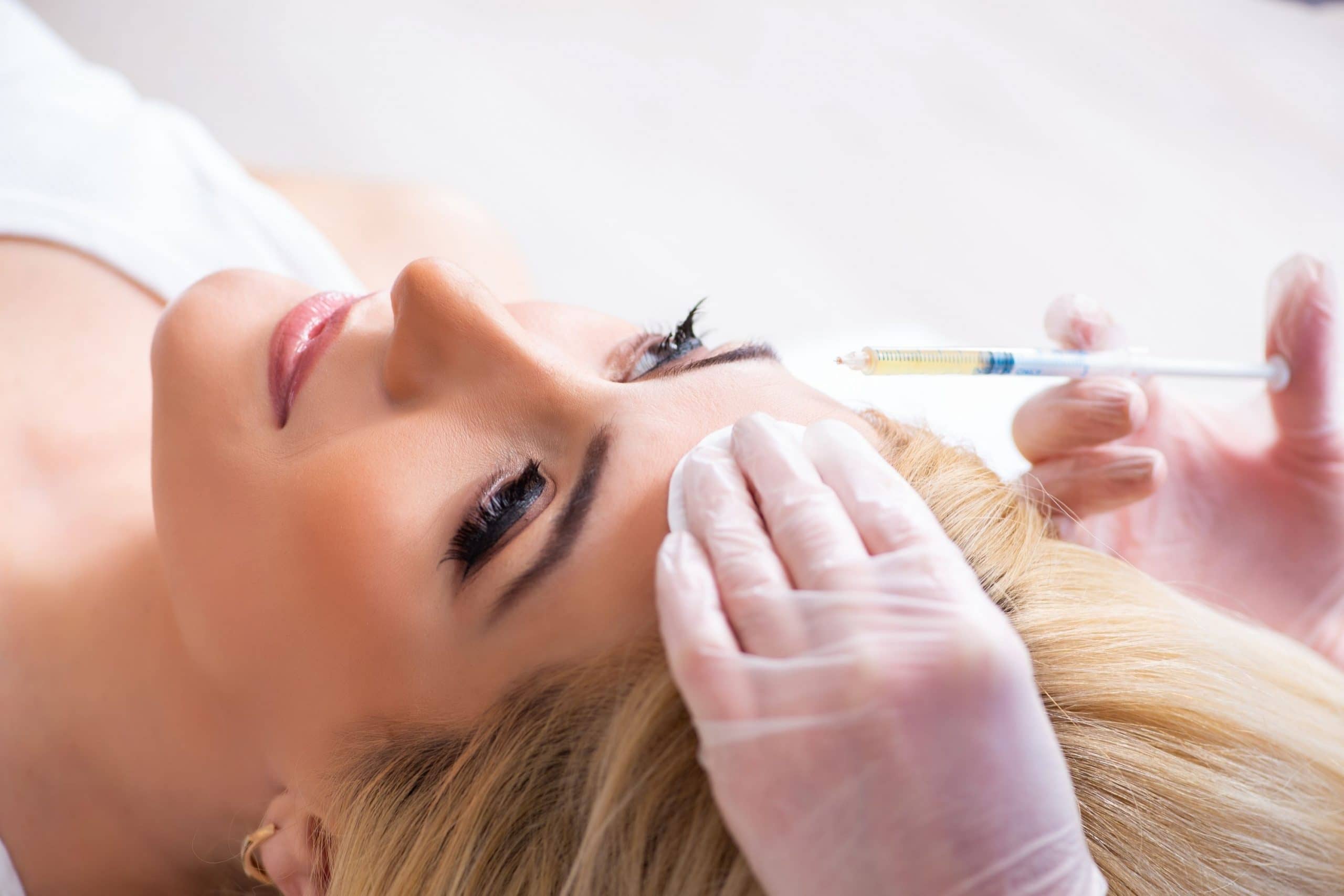
And Botox used to be the sole neurotoxic available on the market for the purpose of smoothing lines.
At the moment, there are three additional options, and a fourth, Jeuveau, has just been authorized by the Food & Drug Administration and is expected to be available this spring.

Increased self-confidence
RealSelf/Harris Poll found that the most often stated reasons for having or considering a cosmetic procedure are to enhance self-esteem as well as confidence and to appear as good as I feel among those who have had or are considering a cosmetic procedure.
Those reasons have not yet changed while launched more than a decade ago, and they’re similar across surgical and nonsurgical treatments.
Although the technological elements of cosmetic surgery have evolved, human wants and motives have remained consistent throughout history.
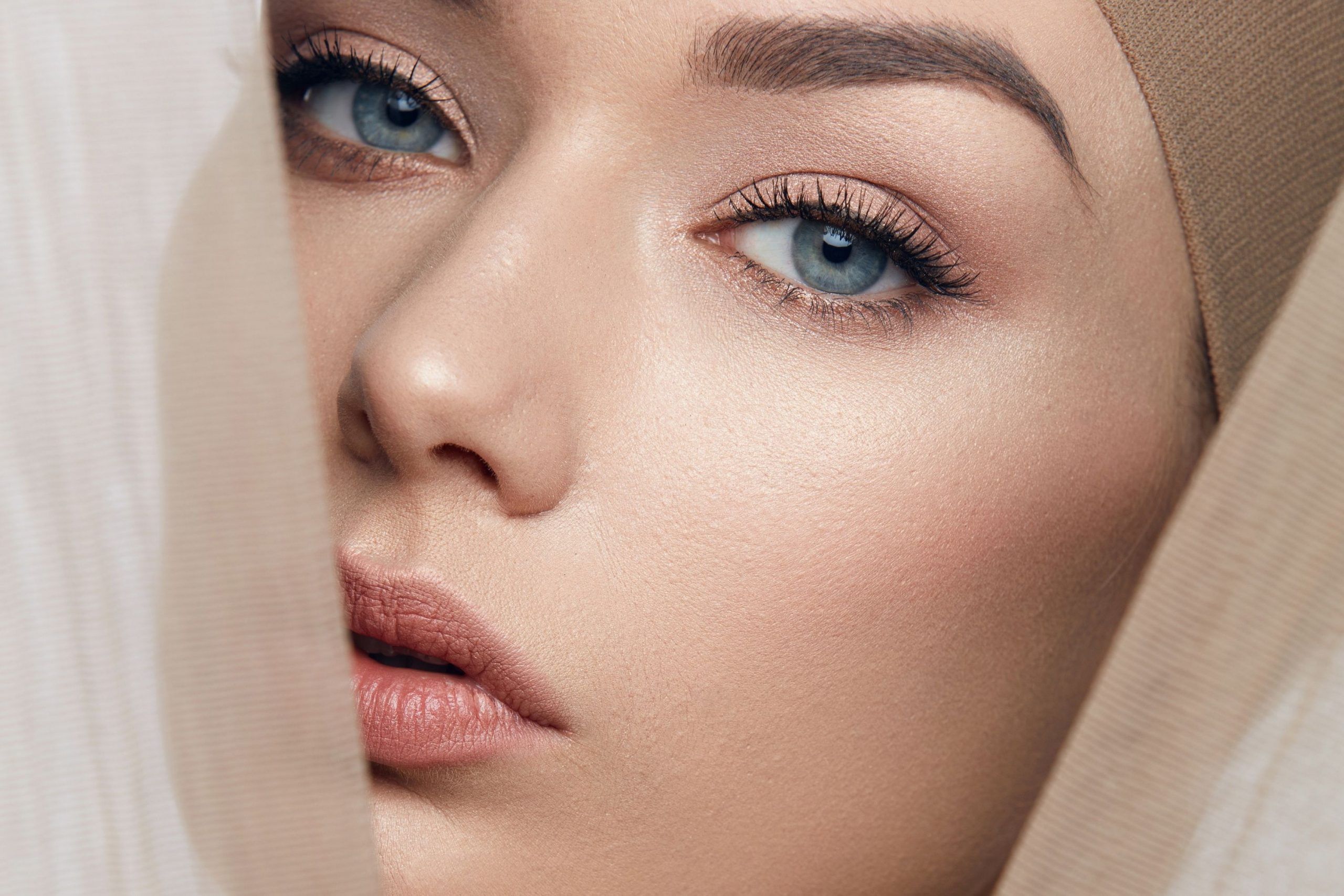
Greater health benefits
So having your lips plumped might not provide any additional advantages other than boosting your self-esteem. However, under some situations, certain aesthetic procedures may be beneficial to your health.
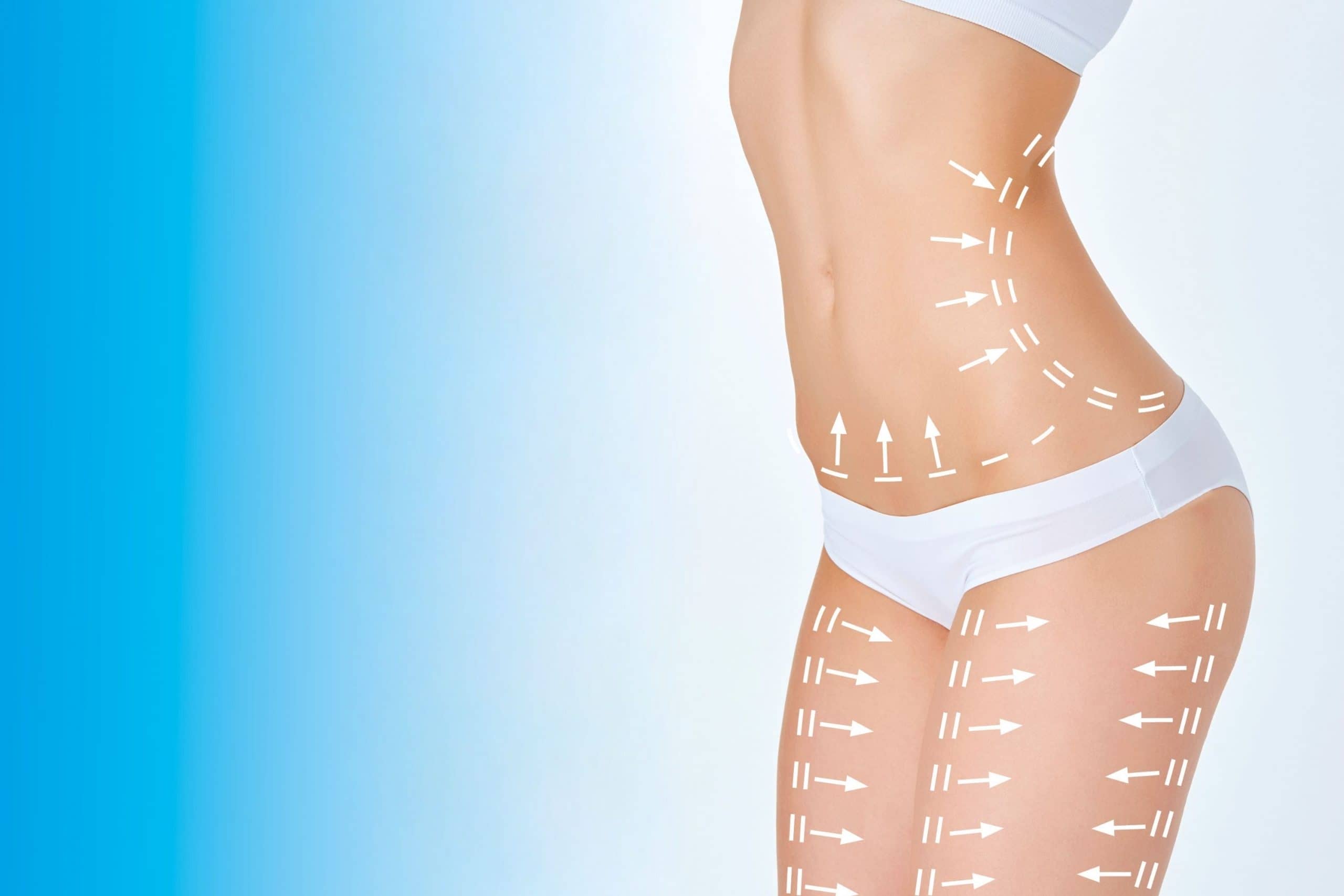
Botox, for example, has been proven to be successful in the treatment of diseases such as persistent headaches, excessive sweating as well as perhaps even severe depression.
Women who opt to have their breasts reduced frequently experience relief from disc and back pain. Furthermore, plastic surgery enables individuals who have had weight reduction surgery to shed excess skin that might otherwise cause serious rashes as well as infections.

